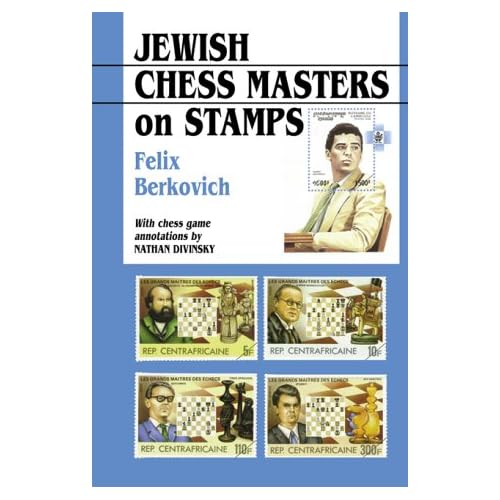
The book
Ad Ha'ragli Ha'acharon ("Fighting to the Last Pawn"), by
Yochanan Afek and
Horacio Volman (authors),
Amatzia Avni (ed.) (Israel: Gambit Press, 2000), says that
Moshe Czerniak, when a young man in Poland, kept meticulous notes of his games in a notebook, and played a match against his friend,
Miguel Najdorf, in 1929.
Afek kindly allowed me to digitally photograph the (one surviving) notebook, from which I got the information in the title of this post (see above photograph).
Only a fragment from one of these eight games (a draw) was published in the book (p. 19), and only two pages from the notebook (p. 65). I do not, however, know if
Najdorf, or any of his chess biographers, had ever mentioned this match. Presuming that
Najdorf doesn't give the game scores of this match anywhere (a likely assumption, since most players did not keep notes as meticulously as
Czerniak did), does anyone out there know Polish and would be interested to translate the games and
Czerniak's notes?
It would be, I think, worthwhile to do so even if the games were already well-known, since it is not that common to get a peep at the notes a strong player (
Czerniak) made for himself as he was developing in his youth, certainly not when playing an even stronger player (
Najdorf) who was also still on the rise. Here, in addition, the games are surely not well-known, if not exactly "lost" (the match
was mentioned in
Afek and
Volman's book, after all.) They do not, for instance, appear in any of the commercial, or online, databases I checked.









